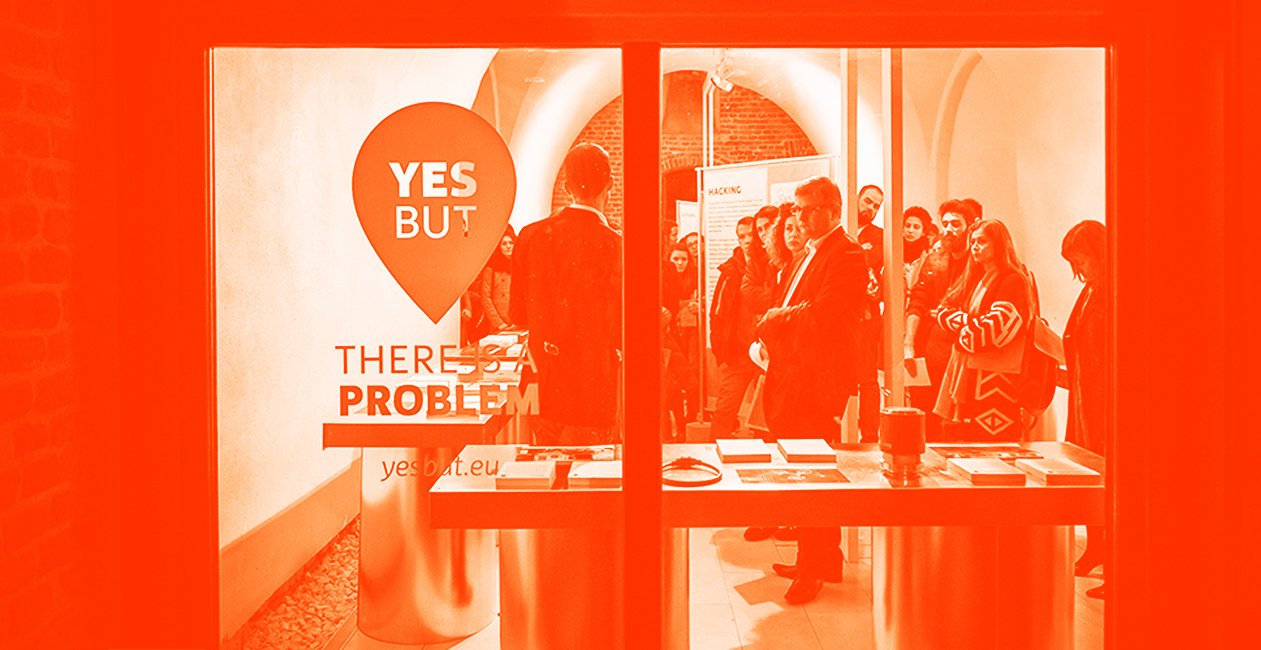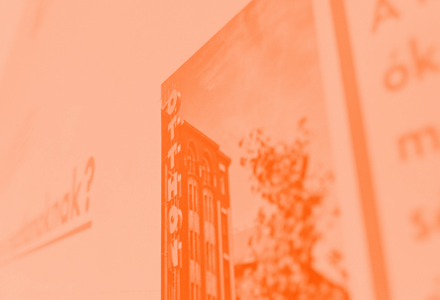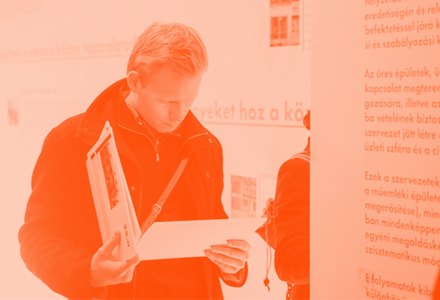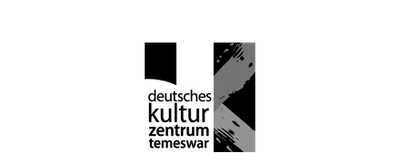22 October
Workshop
Urban Game: Yes, but there is a problem
The scope of this participatory simulation game is to explore the possibilities for participatory design by pushing to the extreme limits the individualism and idolizing of private property so common in Central-East Europe. The game was born from the acknowledgement that public space/shared space/common property/municipality owned space does not work seamlessly in the post-socialist countries.
The game explores a reversed utopia, giving up to copy the civilized systems of public/shared space management, and go for the privatization of everything. The example of micro-privatization of the housing stock in post-socialist countries gave an example: not to sell/give large property (like an entire apartment building) to private investors, but to give the stock flat-after-flat to those living in them. This is the model used for public spaces in this game: to make small parcels, and give these to the people inhabiting nearby.
What happens when all is given away this way, not only the square, but also the streets/sidewalks? The hypothesis is that every owner has to collaborate, and plan the space usage for the whole square, otherwise singular plots will not be accessible and useable to their owners.
The game is based on the trade of uses, on a regular and automated flow of money. Everything has its defined price, and everyone will have to control the incomes and expenses of spaces used. Even the use of a walkway must be tolled, if not its owner will not allow others to pass, as others can have real commodity-producing uses, like gardening, bar terrace, anything. So at the end the community will have to cooperate and define rates of uses to every function, and they have to collaborate in placing the functions in a way everyone has a benefit. This can lead to a system with 0$ balance at the end, but by making productive use of the parcels, opening the functions to external users (let’s call them tourists), the community can get a positive balance, and every owner can benefit.
The result can be a real participatory process, where from the idea of individualistic defense of private property and one’s own benefits the best design can come out with real participatory management and - uncommon in CCE - good maintenance of space.
To simulate this process, we will use a virtual subdivision of the square to parcels - helped by the existing pattern of Sinaia square which we will use, but will also extend it till the buildings, at least in one side. We will use a large printed plan of the square, and colored square post-its to represent the functions. We will use game money and a system to register money flows.
Everyone plays a personality with its own needs with a starting capital. The parcels will be distributed equally among the players in random order. Round after round, we will see how collaboration based on the merchandize of space uses can create a radically new method of urban design beneficial to all.
Follow this link to subscribe.
PROGRAM:
10:00 Meeting on-site, introduction of the game
11:00 Start at the workshop venue: introduction of the participants of the workshop and of the rules of the game
11:45 First round - SPONTANEOUS CHAOS
12:45 Lunch break
14:00 Second round - NEED OF COOPERATION
15:30 Third round - TOWARDS COMMON OPTIMUM
17:00 END - reality check of the final design version in Sinaia square
17:45 Evaluation and discussion of the game
19:00 Closing on-site picnic in the square

Balint Kadar
Architect, urban scholar, he got an MSc in Architecture degree in 2003 and a PhD degree in 2015 at Budapest University of Technology and Economics. He is teaching and doing research at Urban Planning and Design department at BME. He is activist in architectural NGOs since 2000, organizing conferences, workshops and social events in the Memo Association until 2006, and in KÉK since then.



